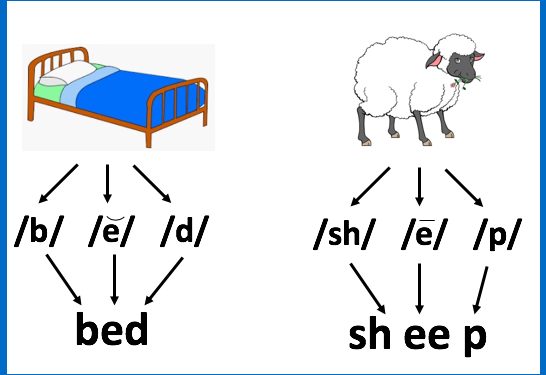Today, FulcrumAir fills you in about everything there is to know about orthographic mapping. We look at the way it works, break down how it helps commercial drone services, and more. If you are interested in learning more about how we map the world, continue reading the fun and interesting article down below!
What Is Orthography?
The first step to knowing orthographic mapping is knowing what it is. Orthographic images are a special type of image. These images do not merely render objects in a single view. Rather, three different views (frontal, top, and sides) are stitched together to create one cohesive image. These three views are standard practice in orthographic imaging, but sometimes it is necessary to have even more perspectives.
The reason for portraying more than the three standard views is in the interest of providing more clarity and depth of understanding. When a three-dimensional image is rendered flatly, it can be difficult to appreciate the scale of it all. With orthographic mapping, providing the added context and interpreting the picture in a three-dimensional way is much easier.
Such drawings have been used for quite some time, but it is now possible to render them faster and more efficiently through advanced processing software. The orthographic mapping works in this way. This mapping style allows you to get a three-dimensional rendering of a landscape or building, and it all starts with drone technology. Let’s look at how the process works.
Equip the Drones with Photogrammetry
Drone images are impressive, but the drones need to be equipped with additional technology to finish the orthographic mapping. Photogrammetry is a technology that is designed to assess three-dimensional objects through photography. The technology uses photos and recordings to make measurements and interpretations about the items being studied. In other words, this technology can look at a two-dimensional image and render the three-dimensional objects present based on mathematical calculations. It seems that this type of analysis is absolutely critical for turning static, flat images into robust, dimensional depictions.
Take Imagery of the Designated Area
Once the drone is properly equipped with the technology, the recording flight can take place. It is vital to have a set area in mind. You do not want to capture more images than necessary, but it is critical to assess the site in question fully. If you miss any parts, then your rendering could be incomplete or inaccurate. In most cases, programming the drone’s flight path will happen in advance of the operation. Then, it will fly independently for the whole flight. This rigorous process is the best way to ensure the best range of images.
Process the Images
Once the images are taken, the processing can begin. The real magic starts at this step. Thanks to advancements in computer software, all the rendering is done via technology. Such mapping used to take years of meticulous drawing by hand. Now, the process is streamlined, and the result is a wonderfully detailed model of a landscape. The model will capture the depth and scale of all objects in the space.
Understand the Applications
The process sounds fascinating, but do you need such mapping? The demand for orthography is more real than you may realize. Of course, this type of drone mapping is already widely used in industries like construction and mining. However, farmers are starting to rely on orthography to get a better sense of their land usage. There are also applications for infrastructure inspection. Even real estate experts have started to use drone mapping. As technology becomes more accessible, there will be more uses shortly for this specialized rendering.
Follow techdee.com for more informative articles.





